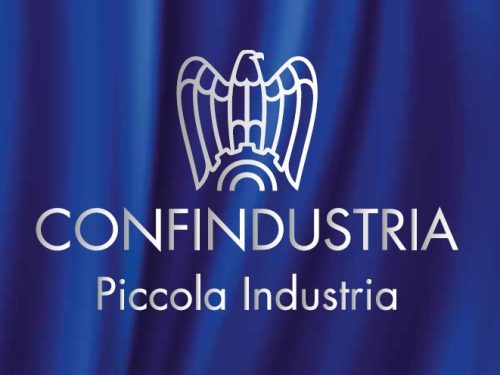Glossary
Beneficiary (Partner): legal entity participating in a European project. Depending on the programme and individual calls for proposals, beneficiaries may be public and/or private entities, e.g. companies, NGOs, universities and research centres, public administration bodies.
Coordinator: legal entity responsible for project management and supervision, including communication with the European Commission and financial management of the consortium.
Consortium: group of organisations (partners) participating together in a European project. A consortium is not a legal entity. A consortium is often formed by partners from different EU Member States or Associated Countries.
Consortium Agreement: private agreement signed between the participants of a project funded under a European funding programme to regulate issues that might arise during the project.
Grant Agreement: agreement signed between the project beneficiaries and the European Commission setting out the rights and obligations of both parties, including the conditions for funding and details of the activities to be carried out.
Call for Proposals: Call published by the European Commission (often managed and implemented by an Executive Agency of the European Commission), inviting interested parties to submit project proposals for funding.
Work ProgrammeA strategic and operational document outlining the priorities, specific objectives, themes and funding calls that will be open during a given period of time. It provides detailed guidance on how to participate, eligibility criteria, project requirements and deadlines for submitting proposals. The duration of the work programme varies depending on the Funding Programme.
Proposal: formal document submitted to the European Commission in response to a call for proposals. The proposal describes the project, partners, budget, objectives and expected impact.
Work Package: the subdivision of the project into specific activities. Each work package sets out the objectives to be achieved, the timeframe and the responsibilities of the various consortium partners.
Deliverable: concrete output of the project, such as a report, prototype, software or any other result to be delivered to the European Commission according to the project plan.
Participant Portal: European Commission's online platform where participants can find information on calls, submit proposals, manage projects and communicate with officials from the European Commission or Executive Agencies.
Funding & Tender Portal: Portal for participants and experts of funding programmes managed by the European Commission. It allows you to search for calls for proposals and gathers all useful information on calls for proposals and work programmes.
Evaluation process: process by which submitted proposals are examined and evaluated by independent experts, based on specific criteria set out in the calls, such as excellence, impact and quality of implementation.
Funding Rate: The percentage of total project costs that is covered by EU funding. It may vary depending on the type of project and the nature of the beneficiaries.
Dissemination: activities to disseminate the project results to a wider audience, including stakeholders, policymakers and the general public, to maximise the impact and uptake of the results.
Lump Sum: a form of financing where costs are pre-defined and paid in one lump sum.
Blended FinanceA combination of non-reimbursable grants and financial instruments such as loans, guarantees and capital investments to maximise the impact of public funds and attract private investment.
TRL (Technology Readiness Level): scale from 1 to 9 used to measure the level of technological maturity of a project, where 1 represents the basic idea and 9 the commercialisation of the product.
Cascade Funding or financial support to third parties: European Commission funding mechanism through which the beneficiary consortium is mandated to distribute grants to third-party entities through so-called open calls. Third-party entities are usually SMEs or start-ups and specific activities are financed, such as studies, pilot projects, demonstrations and/or experiments on a specific technology or innovative structure.
Ways of implementing European funding programmes:
European funding programmes can be managed through different modes: centralised management, shared management and decentralised management. Below are the definitions and main differences between these modes:
Centralised management (directly managed programmes)The European Commission manages the funds directly. The implementation of programmes is entrusted to EU executive agencies or directly to the European Commission. They are characterised by a direct relationship between the Commission and the beneficiary. Some examples of directly managed programmes: Horizon Europe, LIFE, Innovation Fund, Digital Europe, Erasmus+, Creative Europe, Single Market Programme, European Defence Fund.
Shared management: The management of the funds is shared between the European Commission and the Member States. The implementation of the programmes is entrusted to the national or regional authorities of the Member States, the European Commission supervises and verifies the use of the funds, but the primary control lies with the Member States. Examples of programmes under shared management are the European Structural and Investment Funds (e.g. the European Regional Development Fund - ERDF and the European Social Fund - ESF).
Decentralised management: funds are managed by the Member States or by international organisations, with less involvement of the European Commission. Implementation is entrusted to specific national, regional or international bodies, which manage the entire process, from call preparation to project selection and monitoring. The European Commission exercises more limited control and focuses on audits and post-implementation checks. Examples of programmes with decentralised management include the Instrument for Pre-Accession Assistance (IPA) and cooperation programmes with third countries.





